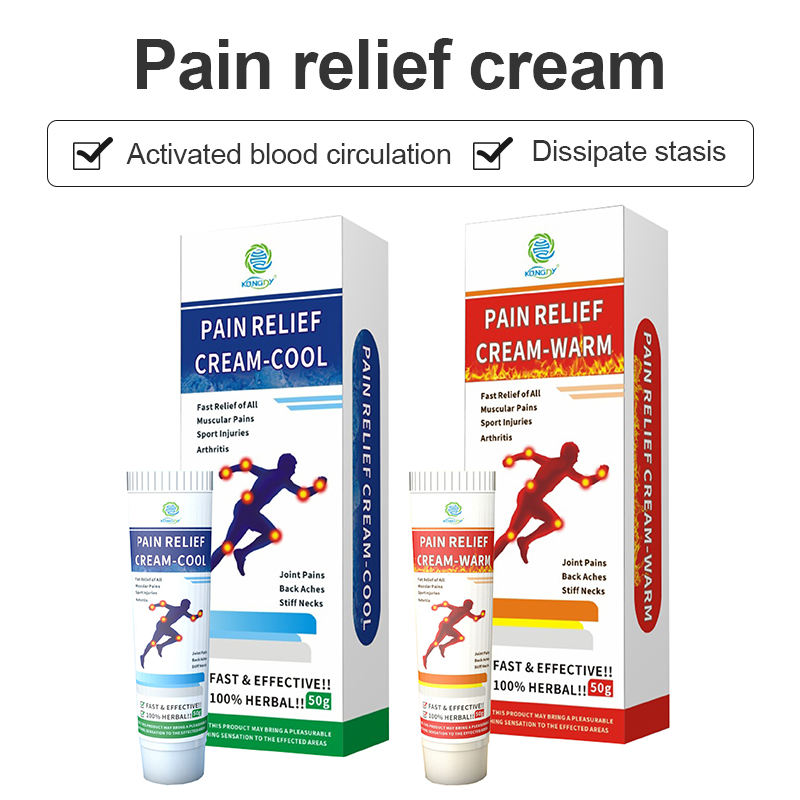Pain relief creams represent a major growth segment within the larger analgesics market. As a wholesaler or distributor, now is the time to take advantage of surging consumer demand for topical pain medications. Understanding customer needs and smart inventory management of pain creams can significantly boost sales.
- Causes of Rising Demand
Aging populations dealing with arthritis, back pain, neuropathy and other chronic pain issues
Preference for localized treatments without systemic effects
Innovations in transdermal delivery for targeted relief
avoidance of side effects from oral pain medications
Ease of application and use
- Evaluating the Competitive Landscape
When determining which pain creams to stock, assess the market landscape. Look beyond familiar brands like Aspercreme and Bengay. Niche creams with natural ingredients or extended relief are gaining popularity. Stay competitive with unique specialty offerings.

- Understanding Customer Buying Decisions
Customers want fast relief for specific problems like joint pain or muscle soreness. Make recommendations based on ingredients and duration of action. Guide customers to the right pain relief cream for their needs. Provide samples when possible.
- Planning Optimal Inventory
Keep adequate stock of top sellers while testing new fast-moving options. Watch for seasonal demand spikes – cold weather drives musculoskeletal pain. Consider limited-time sales or bundles for overstock when approaching expiration dates.
- Leveraging Market Projections
The global pain relief cream market value is predicted to grow at 6% CAGR from 2022-2027. Is your distribution business ready to capture this growth? Align inventory and marketing strategies to raise brand awareness and meet customer demand.
Pain relief creams present an avenue for revenue growth within the crowded analgesics market. Forecast trends, understand shopper behavior, and optimize inventory to help customers find the right solutions while amplifying sales and profits.





